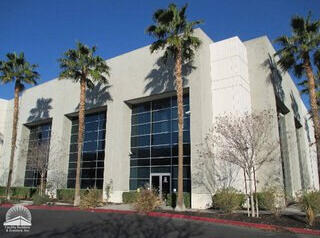
How Concrete Tilt Up Building Benefits Proprietors and Service ProvidersConcrete tilt up construction is a fairly brand-new technique to mounting large industrial buildings as an option to utilizing steel girders. Building and construction using concrete tilt up modern technology is based on the putting of all architectural components right into straight types as opposed to upright ones. There are intrinsic tradeoffs amongst utilizing girders, straight concrete, as well as upright concrete, however under specific situations this approach can bring benefits to both service providers and also owners.Concrete tilt up building and construction obtains its naming from the truth that, once the straight pieces heal, they are "slanted up" vertically and placed into placement. All the walls, columns, as well as panels are created this way, implying that some type of sustaining system needs to be provided beneath them. The already poured (permanent) piece flooring could serve this objective, or the contractor could use a discardable spreading surface.It would certainly be unhealthy if the poured components and also systems bonded throughout the healing process; for this reason, service providers take precautions to stop that from taking place via chemical implies. As soon as forms are built and also rebar grids are repaired into them with plastic spacers (not unlike just how concrete driveways are strengthened prior to put as well as spread out), a reactive bond breaker is splashed on the system surface area. This step is taken quickly prior to pouring.After the concrete has actually healed, the tilting process is set right into movement. The kinds are eliminated and rigging is affixed to each member. Then, with the aid of the rigging, a crane initially hoists the piece into a vertical positioning, complied with by relocate into its irreversible location.Though we didn't state it above explicitly, we covered one of the benefits of tilt up modern technology, namely, that it is a lot easier to build straight types than vertical ones; in addition, horizontally installing insulation is also an and also, as well as eliminating window and door openings is specifically simpler. The advantages carry further in that the types can be made from a lot of materials, including steel, light weight aluminum, plywood, fiberboard, as well as dimensional lumber. As well as, indoor building is significantly assisted in through the affixing of molding forms into the concrete or by embedding accessory plates or studs within the form.Currently, allow's delve a little deeper into the tradeoffs amongst alternative building and construction techniques, particularly in between horizontal tilt up concrete as well as prefabricated steel girders. Turn up has the advantage of doing every little thing at the building location, whereas prefabrication entails creating the structure at a remote center and also carrying it to the last website for erection. However, even though the prefab method capitalizes on specialized tooling and also machinery, it might not have the ability to get over the high transportation prices.Prefab has another advantage, which is that industrial structures constructed from steel or steel exhibit excellent toughness and the ability for creating high as well as open spaces. Hence, so far, the tradeoff boils down to the tilt up benefit of constructing every little thing onsite versus the prefab benefit of greater versatility.Nonetheless, business economics can not be left out of the formula. Concrete tilt up often tends to have low-cost scalable expenses yet pricey set prices. These high fixed prices develop from needing to hoist as well as place walls evaluating as much as 150 lots, as well as from the connected needs for sophisticated cranes, rigging, and various other devices.We find then a cutoff of approximately 50,000 square feet of building room. Smaller sized than that favors going prefab building and construction; bigger prefers tilt up because of the cheaper scalable prices.A final benefit of tilt up, conveniently overlooked, is that nearly all wall surfaces have load-bearing engineering, including interior ones. This minimizes shear and adds to structure stiffness. We really hope that the viewers now recognizes the ways in which concrete tilt up construction benefits proprietors and contractors.


